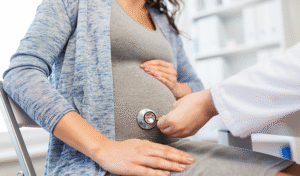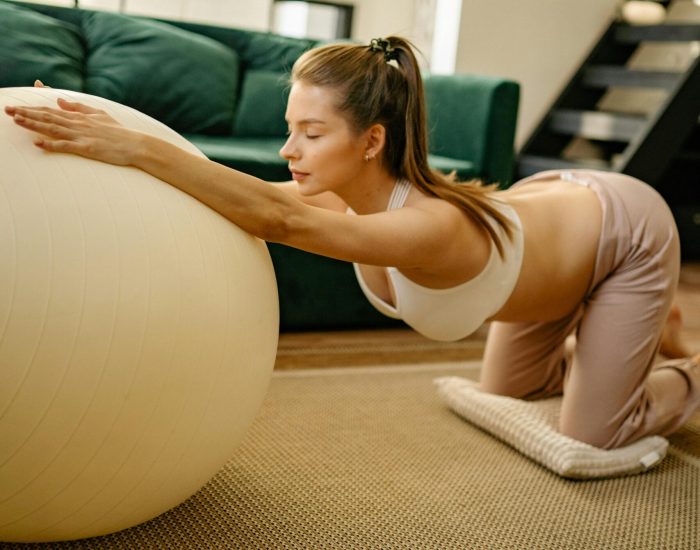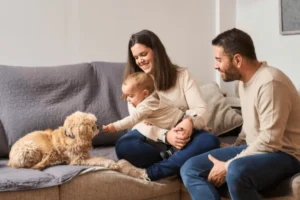
The 7 Most Common High-Risk Pregnancy Complications (And How We Manage Them)
After 30 years in obstetrics, I’ve successfully managed these complications hundreds of times. What feels like a crisis to you is routine care for me.

While both prenatal yoga and prenatal pilates are beneficial for expectant mothers, there are some differences in their focus and approach:
Prenatal yoga emphasises gentle stretching, breathing techniques, and relaxation to promote physical and mental well-being during pregnancy. Yoga poses are often focused on improving flexibility, strength, and balance while also relieving common pregnancy discomforts such as back pain and swelling. Prenatal yoga classes typically incorporate mindfulness and meditation practices to help prepare expectant mothers for labor and childbirth.
Prenatal pilates focuses on strengthening the core muscles, pelvic floor, and postural alignment to support the changing body during pregnancy. Pilates exercises are low-impact and designed to improve stability, mobility, and body awareness. Prenatal pilates classes may also include modifications and props to accommodate the specific needs and limitations of pregnant women. The emphasis on core strength in pilates can help alleviate back pain, improve posture, and prepare the body for labor and delivery.
While both prenatal yoga and prenatal pilates offer benefits for pregnant women, yoga tends to focus more on flexibility, relaxation, and mindfulness, while pilates emphasises core strength, stability, and postural alignment. Pregnant women may choose one or both practices based on their individual preferences, fitness levels, and specific needs during pregnancy.
Customised physical exercises such as yoga and pilates are highly recommended throughout the 9 months of pregnancy and the 18-month postpartum window. These exercises help prevent pelvic and abdominal complications.
Our approach goes beyond traditional fitness. We believe in creating a nurturing environment where women can reconnect with themselves while building connections with other fellow patients.
We create a joyful and healthy atmosphere where exercise does not seem to be monotonous. Through shared experiences and learning, we address changes and injuries that may arise, ensuring every woman receives personalised care.
The best time to start prenatal yoga and pilates exercises during pregnancy is typically during the second trimester, when the risk of miscarriage has decreased, and the body has adjusted to the changes of pregnancy. However, it’s important to consult with your gynaecologist before beginning any exercise program during pregnancy, as individual circumstances may vary.

Prenatal yoga and pilates are two types of low-impact exercise suitable for everyone, regardless of age or fitness level. With its precise movements customised to individual needs, it’s ideal for enhancing overall health, managing chronic pain, and addressing specific conditions like injuries or pregnancy-related discomfort.
Those who benefit from prenatal pilates include:
Our Services
Yes, prenatal yoga is specifically tailored to the needs of pregnant women and differs from regular yoga in several ways, such as modified poses for pregnancy, breathing techniques for labor and preparation for labor and birth through poses and exercises that help to strengthen pelvic floor muscles.
The frequency of prenatal yoga practice varies depending on individual preferences, physical condition, and schedule. Generally, it is recommended to practice prenatal yoga 2-3 times per week to experience its benefits fully. This frequency allows for regular movement, stretching, and relaxation while also providing adequate rest and recovery time.
It's best to wear comfortable, breathable clothing that allows for ease of movement. Opt for fitted yet stretchy tops and bottoms that won't restrict your movements. Consider wearing moisture-wicking fabrics to help keep you dry and comfortable throughout the class. Avoid overly baggy clothing that may get in the way during poses or exercises. Additionally, remember to remove any jewelry or accessories that could cause discomfort or get in the way during your practice.

After 30 years in obstetrics, I’ve successfully managed these complications hundreds of times. What feels like a crisis to you is routine care for me.

This article brings a clear, science-based view to help families navigate pregnancy, newborn life, and early childhood while keeping the beloved family pet right where it belongs: at home.

Welcoming a new life into the world is a profound and transformative experience, one that brings joy, anticipation, and a multitude of questions.

Traveling with a baby can be a wonderful experience, allowing you to create precious memories as a family. However, preparing for safe baby travel is crucial to ensure the well-being of your precious one.

Tongue tie can affect individuals of all ages. It restricts the range of motion of the tongue, affecting its ability to move freely and perform various functions, such as breastfeeding, speaking, and swallowing.

There’s a reason why breastmilk is often referred to as “liquid gold”. Breastmilk is uniquely crafted to provide optimal nutrition, immunity, and emotional connection. We’ve put together an essential guide to breastfeeding for new mothers.